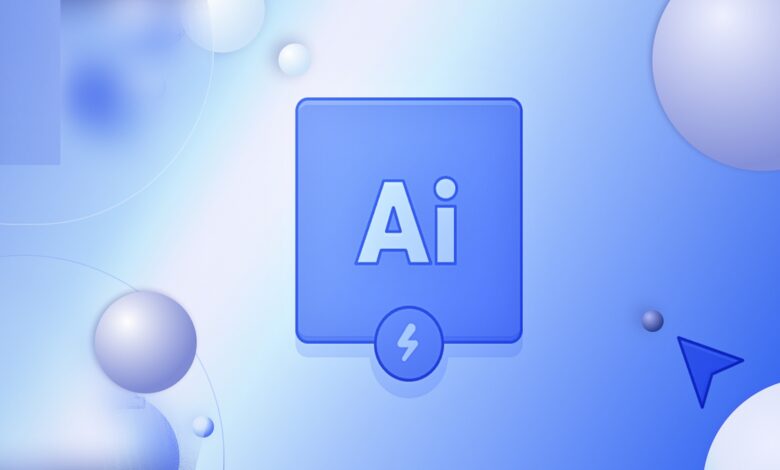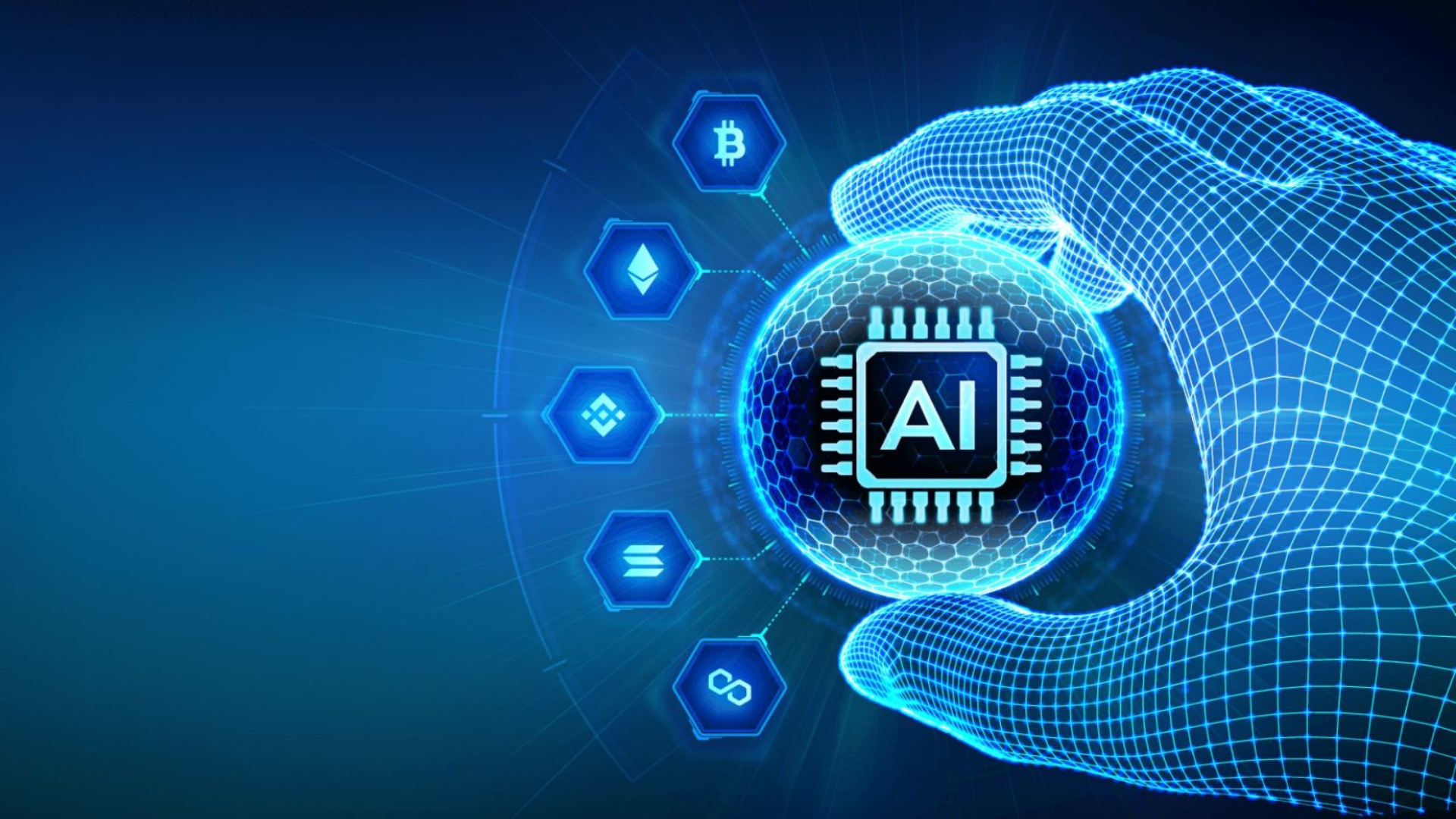What is an AI Token? An In-depth Explanation

What is an AI Token? An In-depth Explanation. Gemini 1.5 Pro, according to Google’s latest announcement, would feature a 2 million token context window, up from 1 million. Wow, it sounds fantastic, but what exactly is a token? Fundamentally, even chatbots require human intervention to process the text they receive in a way that allows them to comprehend concepts and engage in natural-sounding conversation with you. Tokens in the generative AI domain simplify data for AI models, allowing them to process it more readily.
What is an AI Token?
Tokens in artificial intelligence are the smallest possible units a large language model (LLM) can process, such as individual words or phrases. Words, punctuation, and subwords are all represented by tokens, which let models understand and process text quickly and then produce information unit-based. This is analogous to how computers transform data into Unicode strings of zeros and ones. To enable a model to anticipate future terms and respond appropriately to your cue, tokens will allow them to discover patterns or relationships inside words and sentences.
To have the LLM process your request, you must first shorten the phrases you submit because chatbots cannot completely understand them. After the request is processed and evaluated, you will receive a response after they are transformed into tokens.
Tokenization is the method of converting text into discrete pieces. Dictionary instructions, word pairings, language, and other variables might cause tokenization algorithms to differ. For instance, one approach to tokenization is the space-based method, which uses the gaps between words to divide them up. The recommended approach would be to decompose the sentence “It’s raining outside” into its component tokens.
How do AI Tokens Work?
In the generative AI domain, a single token equals about four English letters, three-quarters of a word, and a hundred tokens are about seventy-five words. According to alternative calculations, 30 tokens are equivalent to one or two sentences, 100 tokens to one paragraph, and 2,048 tokens to 1,500 words.
The artificial intelligence software you use, whether you’re an organization, a developer, or just an average user, uses tokens to do its job. When you start paying for generative AI services, you purchase tokens to keep the service running smoothly.
Additionally, there are standard guidelines for how tokens work on the AI models of most generative AI brands. Many businesses have token limits that limit how many tokens can be processed in a single round. The tool cannot finish a request in one round if its size exceeds the token limit on an LLM. Take a GPT with a 4,096-token cap as an example. It would require at least 15,000 tokens to process a 10,000-word article for translation and provide a complete answer.
Nevertheless, businesses have been swiftly improving their LLMs, which has increased the token limits with each subsequent version. A maximum of 512 tokens may be submitted into Google’s BERT model based on research. The free version of ChatGPT, GPT-3.5 LLM, works on OpenAI’s technology. The commercial version, GPT-4 LLM, has a maximum of 32,768 input tokens. About fifty pages’ worth of text, or about 64,000 words.
The audio capabilities of Google’s AI Studio are provided by Gemini 1.5 Pro, which has a standard context window of 128,000 tokens. There is a cap of 200,000 context tokens for the Claude 2.1 LLM. This amounts to about 500 pages of text or about 150,000 words.
Different Types of AI Tokens
Several types of tokens used in the generative AI space allow LLMs to identify the minor units available for analysis. Here are some of the leading tokens that interest an AI model.
- Word Tokens are words that represent single units on their own, such as “bird,” “house,” or “television.”
- Sub-word Tokens can be truncated into smaller units, such as splitting Tuesday into “Tues” and “day.”
- Punctuation Tokens replace punctuation marks, including commas (,), periods (.), and others.
- Number Tokens replace numerical figures, including the number “10.”
Special Tokens can note several unique instructions within executing queries and training data.
Benefits of AI Tokens
Tokens have many uses in the field of generative artificial intelligence. When interacting with LLMs and other forms of AI, their primary function is to bridge the gap between human and computer languages. Tokens are helpful in enterprise sectors that employ LLMs because they allow models to process massive volumes of data simultaneously. To maximize the efficiency of AI models, businesses might experiment with token restrictions. Tokens will unlock higher memory limits or context windows in future LLM versions, enabling models with more memory.
The training features of LLMs are another area where tokens shine. They can be utilized to optimize the speed of data processing because of their compact size. The predictive properties of tokens allow them to gain a deeper comprehension of ideas and gradually enhance sequences. Along with text-to-speech chatbots, LLMs can incorporate multimodal elements like photos, videos, and audio with the help of tokens.
Tokens’ Unicode configuration safeguards critical data and truncates lengthy text into a reduced version, reducing costs and improving data security.